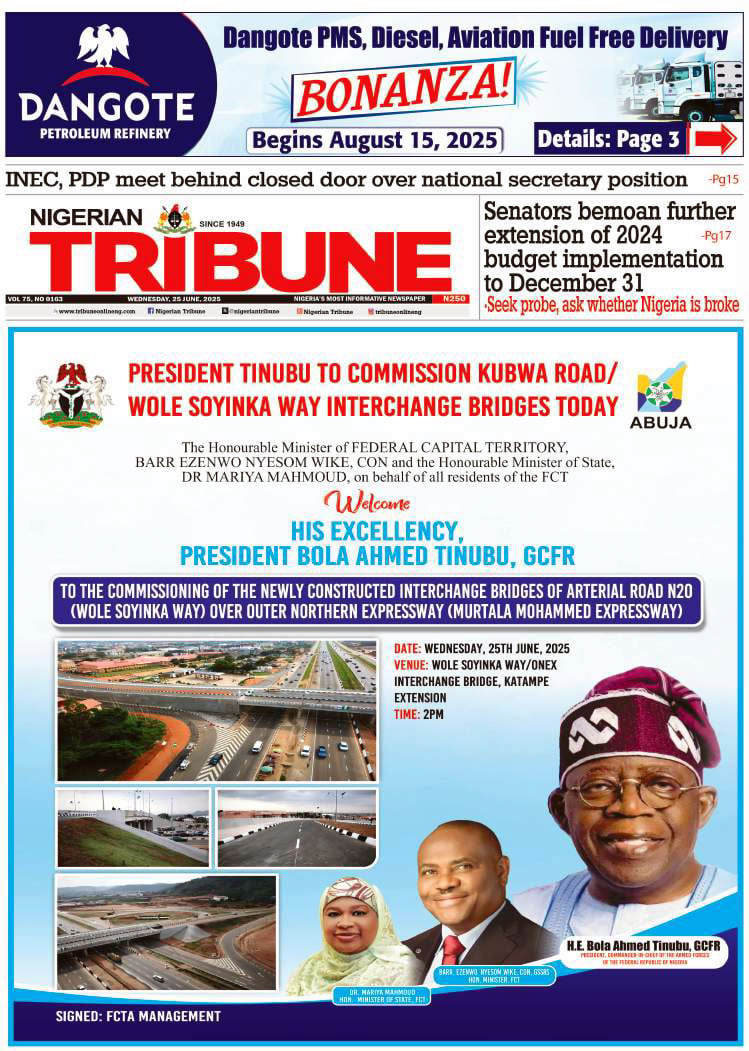A building collapse is not just a structural failure—it is a human tragedy. Families are displaced, lives are lost, and investments are wiped out in seconds. Yet, behind every failed structure lies an overlooked but critical factor: poor soil testing and weak foundation design.
As an engineering geologist and building control expert, I have seen too many projects where soil integrity was ignored, leading to cracks, tilting, and complete structural collapse. The alarming rise in building failures is not just about poor construction materials or contractor negligence—it is also about the ground those buildings stand on. Without proper geotechnical investigations, we are essentially building on uncertainty.
The most common mistake in construction is skipping or rushing soil tests. Some developers prioritize speed and cost-cutting over safety, failing to assess whether the soil can actually support the structure. In areas with expansive clay, loose sand, or high groundwater levels, buildings are vulnerable to shifting, sinking, and eventual collapse. This is not just an engineering failure; it is a preventable disaster.
The financial cost of ignoring soil testing is just as severe. When buildings develop foundation cracks, structural instability, or require reinforcement, developers often spend millions on repairs that could have been avoided. In many cases, the damage is so extensive that the entire building has to be demolished and rebuilt. The losses extend beyond money—reputations are destroyed, and trust in the construction industry erodes.
To prevent future tragedies, the solution is simple but urgent. Soil investigations must be mandatory before any construction project begins. No building permit should be issued without proper geotechnical assessments. Governments must strictly enforce building codes to ensure compliance with soil safety standards. Developers, engineers, and regulators must work together to prioritize safety over shortcuts.
Educating homeowners and property investors is equally important. Many buyers assume a standing building is a safe one, not realizing that hidden foundation issues can take years to appear. Raising awareness about the importance of soil testing will help consumers make informed decisions and demand accountability from builders.
A city’s skyline is only as strong as the soil beneath it. If we continue to neglect geotechnical engineering, we are choosing to repeat the same mistakes that have cost lives and livelihoods. The time to act is now. The next building collapse should not be another tragic lesson—it should be the last warning we need to start doing things right.






